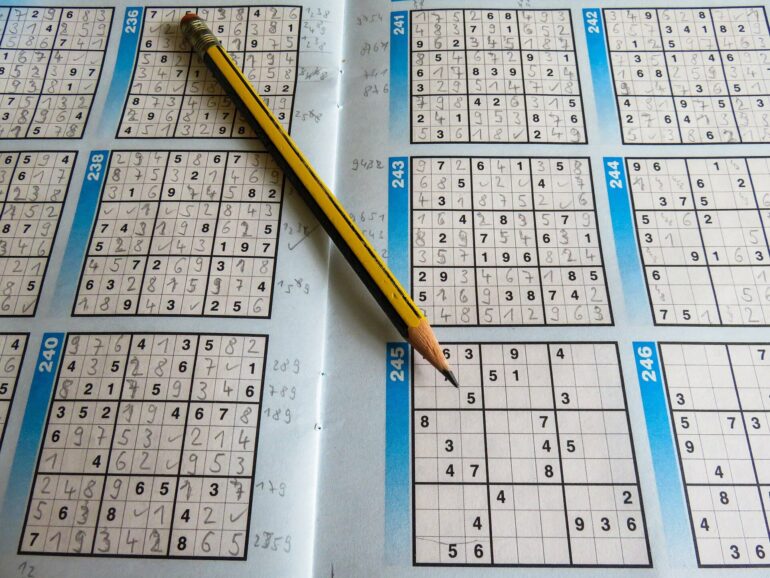You can probably think of a time when you’ve used math to solve an everyday problem, such as calculating a tip at a restaurant or determining the square footage of a room. But what role does math play in solving complex problems such as curing a disease?
In my job as an applied mathematician, I use mathematical tools to study and solve complex problems in biology. I have worked on problems involving gene and neural networks such as interactions between cells and decision-making. To do this, I create descriptions of a real-world situation in mathematical language. The act of turning a situation into a mathematical representation is called modeling.
Translating real situations into mathematical terms
If you ever solved an arithmetic problem about the speed of trains or cost of groceries, that’s an example of mathematical modeling. But for more difficult questions, even just writing the real-world scenario as a math problem can be complicated. This process requires a lot of creativity and understanding of the problem at hand and is often the result of applied mathematicians working with scientists in other disciplines.

Applied mathematicians collaborate with scientists in other fields to answer a wide variety of questions.
Hinterhaus Productions/DigitalVision via Getty Images
As an example, we could represent a game of Sudoku as a mathematical model. In Sudoku, the player fills empty boxes in a puzzle with numbers between 1 and 9 subject to some rules, such as no repeated numbers in any row or column.
The puzzle begins with some prefilled boxes, and the goal is to figure out which numbers go in the rest of the boxes.
Imagine that a variable, say x, represents the number that goes in one of those empty boxes. We can guarantee that x is between 1 and 9 by saying that x solves the equation (x-1)(x-2) … (x-9)=0. This equation is true only when one of the factors on the left side is zero. Each of the factors on the left side is zero only when x is a number between 1 and 9; for example, (x-1)=0 when x=1. This equation encodes a fact about our game of Sudoku, and we can encode the other features of the game similarly. The resulting model of Sudoku will be a set of equations with 81 variables, one for each box in the puzzle.
Another situation we might model is the concentration of a drug, say aspirin, in a person’s bloodstream. In this case, we would be interested in how the concentration changes as we ingest aspirin and the body metabolizes it. Just like with Sudoku, one can create a set of equations that describe how the concentration of aspirin evolves over time and how additional ingestion affects the dynamics of this medication. In contrast to Sudoku, however, the variables that represent concentrations are not static but rather change over time.




